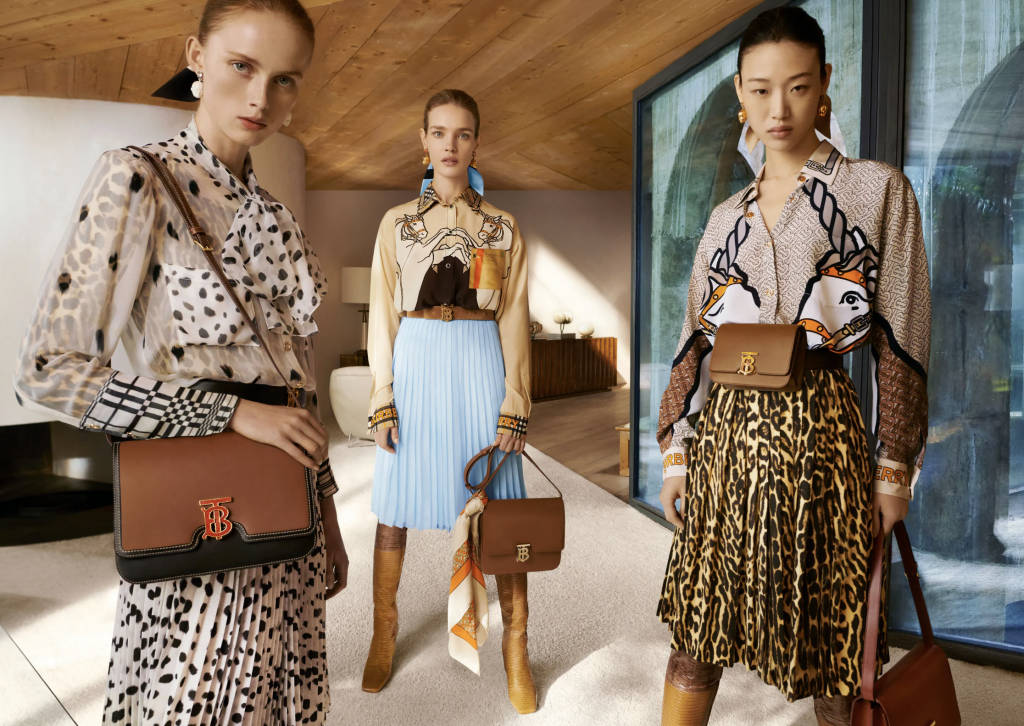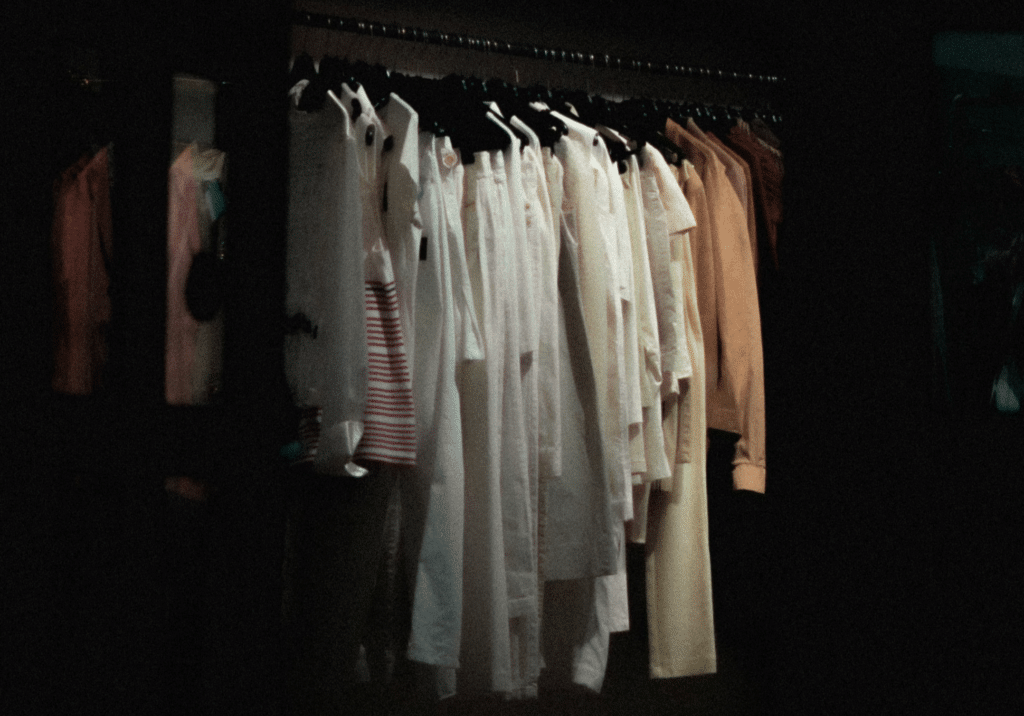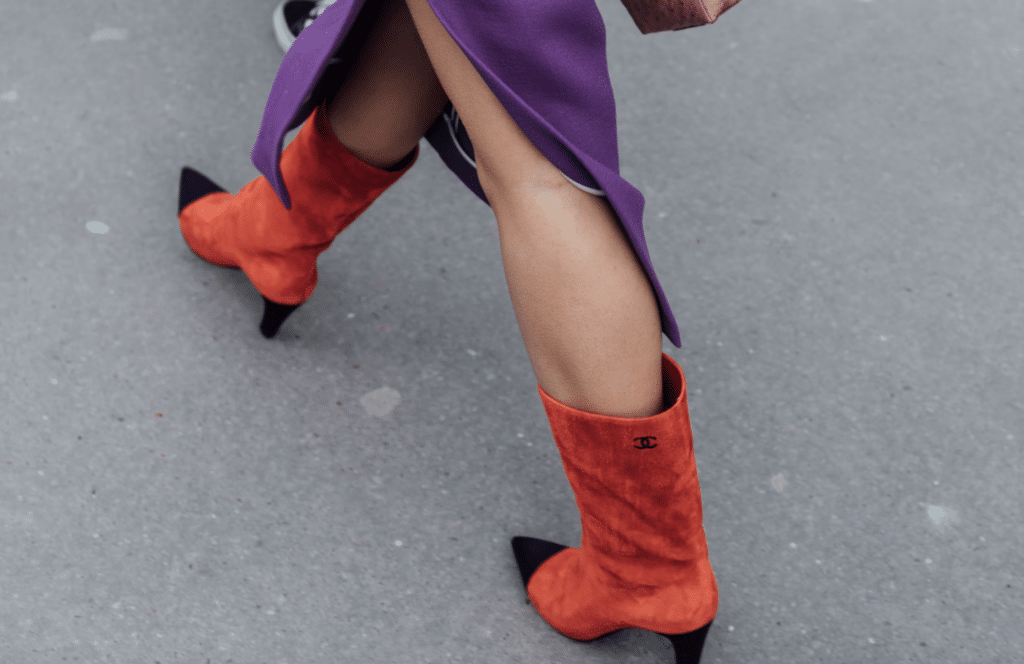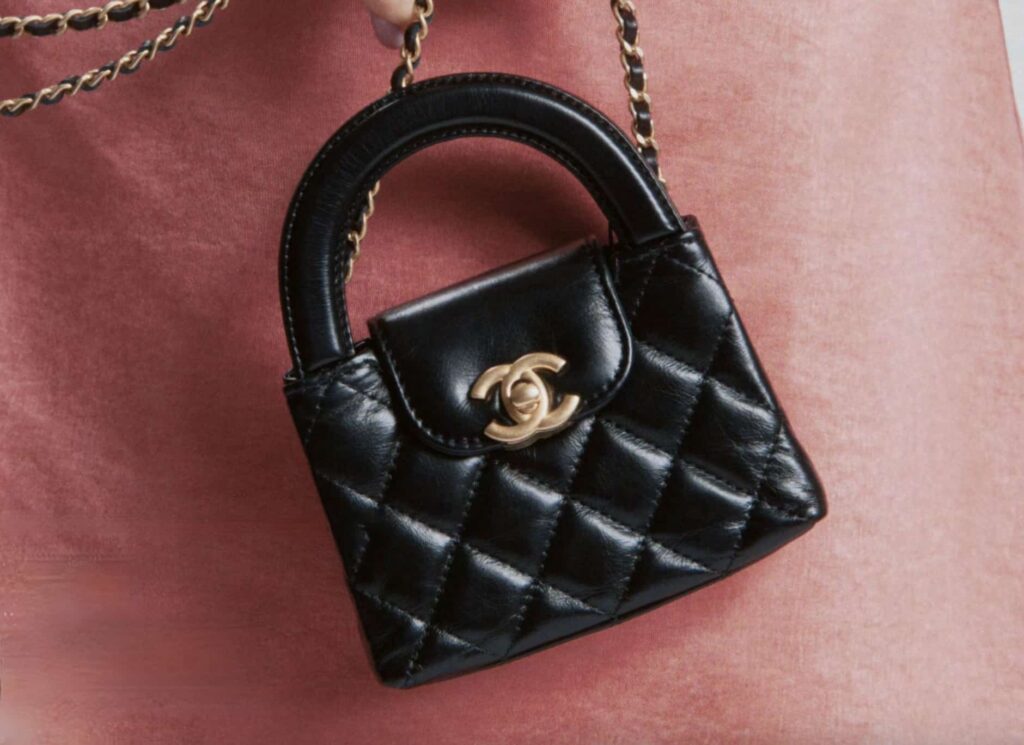Burberry CEO Marco Gobbetti will leave the company at the end of the year to take on the same role at Salvatore Ferragamo in a move that Reuters describes as “a bit puzzling,” given that Gobbetti’s “sudden exit” to the Italian shoe and leather group, which is “also badly in need of a turnaround,” leaves the Burberry job partially unfinished. The announcement – which Burberry chairman Gerry Murphy says is “naturally disappoint[ing]” to the board – comes almost exactly four years after former Celine chief Gobbetti joined the British brand in July 2017 in order to shift it more upmarket.
Shedding light on his plans for the 165-year-old British stalwart back in 2017, Gobbetti stated the “the mid-market offering no longer has a place with consumers,” who he said “prefer either luxury items or mass-market brands, mixing them together to create a look.” Not looking to situate the brand in the mass-market category, Gobbetti revealed that he would shift Burberry “further up-market and more regularly update its fashion range, including cutting sales to non-luxury stores, initially in the United States” in order to more effectively compete with category leaders like Louis Vuitton and Gucci.
As for how Gobbetti’s multi-phased approach to elevating the standing of the Burberry brand – including “increasing full-price sales, re-energizing the brand value,” renewing its product offerings, limiting wholesale distribution, reimagining its customer experience elements – has played out, the former Givenchy and Celine CEO stated recently that over the past few years, “We have transformed our business and built a new Burberry, anchored firmly in luxury.” Even amid the COVID-19 pandemic, the chief executive stated last month, “We achieved our objectives for the period and delivered a strong set of results in FY21, ending the year with good full-price sales growth.”
In a Q1 conference call in May, Burberry revealed that for Phase 2 of Gobbetti’s revamp, it is focused on “the importance of continuing to invest in brand, the full-price sales growth, margin expansion and strong cash generation, and ESG initiatives.” Bernstein analyst Luca Solca stated in a first quarter note that “strategic progress” in the effort to “transform Burberry into a true luxury house has been achieved between 2017 and 2021,” while pointing to a “significant opportunity” for the brand to “focus on higher value categories” in furtherance of that initiative. At the same time, he stated that “there clearly remains more to do” given that Burberry’s sales for the first three months of 2021 “were still down 5 percent” compared to the pre-pandemic January-to-March quarter in 2019.
“With Burberry re-energized and firmly set on a path to strong growth,” Gobbetti said in a statement on Monday that he feels that “now is the right time for me to step down,” further asserting that “as a group, we have elevated and strengthened the brand and the business, while continuing to be a force for good.” In the same release, Burberry revealed that its board “will now begin the search for a successor,” and “anticipate[s] that Marco will remain with Burberry until the end of the calendar year” at which point he will “take up another opportunity that will enable him to return to Italy and be closer to his family.”
In a more recent note on Monday, Bernstein stated that “Burberry is in a far better position today than when Marco took responsibility for it.” Yet, at the same time, “The magnitude of the issues at hand did not offer a chance for runway success that some had hoped for,” and Luca asserts that the “jury is still out on Burberry’s continuing momentum.” In terms of Gobbetti’s next task, Ferragamo needs “a thorough rejuvenation of its marketing fundamentals: product and communication, first and foremost.”











